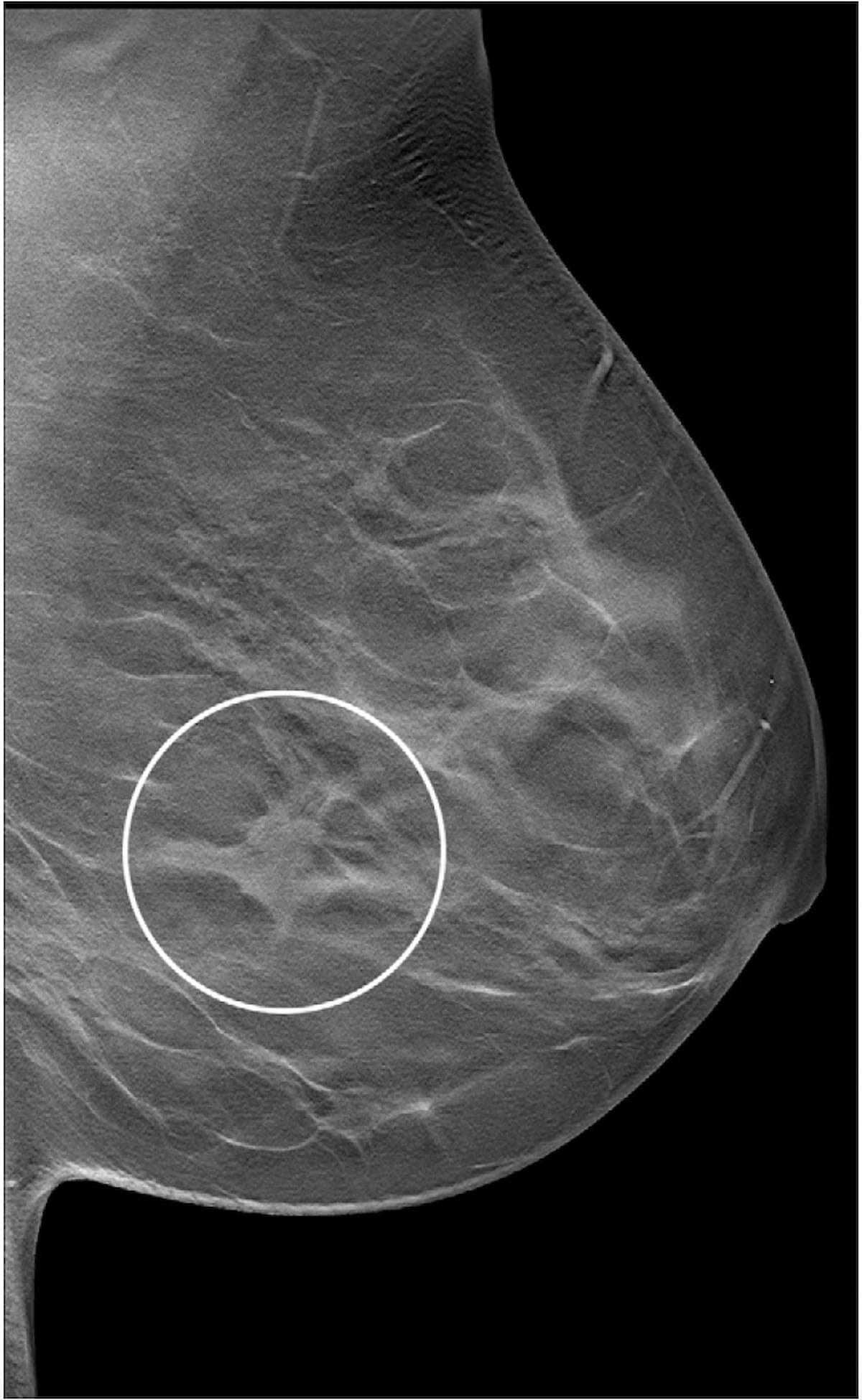- AI
- Molecular Imaging
- CT
- X-Ray
- Ultrasound
- MRI
- Facility Management
- Mammography
What a New Study Reveals About Adjunctive DBT and Early-Stage Invasive Breast Cancer
The combination of digital breast tomosynthesis (DBT) and digital mammography had a 21.6 higher invasive breast cancer detection rate for stage 1 tumors than digital mammography alone, according to a new study involving nearly 100,000 women.
The use of adjunctive digital breast tomosynthesis (DBT) may significantly enhance the detection of early-stage invasive breast cancer tumors, according to findings from a new multicenter randomized controlled trial.
For the study, recently published in Radiology, researchers compared the combination of DBT and synthesized mammography (SM) in 49,462 women versus the sole use of digital mammography (DM) in 49,669 women. The median age of both cohorts was 57, according to the subanalysis of the Tomosynthesis plus Synthesized Mammography (TOSYMA) study.
For stage 1 tumors, the study authors found that the combination of DBT and SM had a 51.6 invasive cancer detection rate (iCDR) per 10,000 women in contrast to a 30.0 iCDR for DM alone. The use of DBT and SM also detected a higher number of stage 1 tumors with grade 2 or grade 3 breast cancer (33.7 per 10,000 women) in comparison to DM (21.3 per 10,000 women), according to the researchers.
The irregular mass with surrounding architectural distortion in this digital breast tomosynthesis (DBT) exam was a grade 2 invasive carcinoma. (Image courtesy of Radiology.)

“The present subanalysis showed a higher rate of UICC stage 1 grade 1 cancer detection with DBT plus SM than with DM. However, the absolute rates and the absolute differences in rates between the screening arms were consistently higher for the more aggressive grade 2 and 3 cancers than for the less aggressive grade 1 cancers for all women as well as for the age- and breast density-related strata,” wrote lead study author Stefanie Weigel, M.D., who is affiliated with the Clinic for Radiology and Reference Center for Mammography at the University of Munster in Germany, and colleagues.
Noting that the study results were particularly pronounced in women between the ages of 60 and 70 with dense breasts, the authors pointed to a 55.4 iCDR per 10,000 women for DBT and SM in this population for grades 2 and 3 early-stage invasive breast cancer in comparison to a 33.9 iCDR for DM alone.
“As the absolute benefit of breast cancer screening is known to be age dependent, DBT screening might further enhance screening advantages in the age group 60-70 years,” added Dr. Weigel and colleagues.
(Editor’s note: For related content, see “Large Study Shows Mixed Results in Comparison to DBT and Digital Mammography,” “FDA Clears Lunit’s AI-Powered Digital Breast Tomosynthesis Platform” and “Is There More Appropriate Use of BI-RADS Category 3 with DBT than Mammography in Patients with Breast Cancer History?”)
In regard to study limitations, the authors acknowledged the results may have limited application to broader populations as they were derived from one round of DBT screening in an ongoing digital mammography screening program with two-year intervals. The researchers also noted the exploratory nature of the research and maintained that comparative multicenter analysis would be necessary for validation of the study findings.
European Society of Breast Imaging Issues Updated Breast Cancer Screening Recommendations
April 24th 2024One of the recommendations from the European Society of Breast Imaging (EUSOBI) is annual breast MRI exams starting at 25 years of age for women deemed to be at high risk for breast cancer.
New Research Examines Socioeconomic Factors with Mammography No-Shows
April 10th 2024Patients with Medicaid or means-tested insurance were over 27 percent more likely to miss mammography appointments, and only 65 percent of women with three of more adverse social determinants of health had a mammography exam in a two-year period covering 2020 and 2021, according to new research and a report from the CDC.
Mammography Study: AI Improves Breast Cancer Detection and Reduces Reading Time with DBT
April 3rd 2024An emerging artificial intelligence (AI) model demonstrated more than 12 percent higher specificity and reduced image reading time by nearly six seconds in comparison to unassisted radiologist interpretation of digital breast tomosynthesis (DBT) images.
